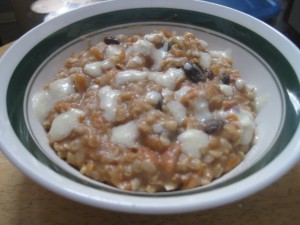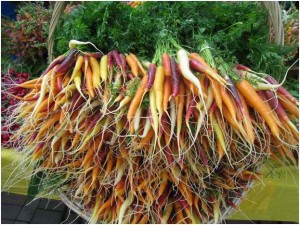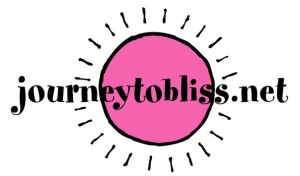 Every year, Bonnaroo has a tent called The Academy, where you can learn vital skills like hula hoop making and spoken word poetry. Though I searched in vain this year for my favorite primitive skills guru, I did stumble upon a mother-daughter team giving a workshop about raw food called “Living Cuisine.” Okay, I know what you’re thinking, especially given what I just said about hula hoops, but I found Laura Button and Journey Button-Hale of Journey to Bliss Raw Foods really down-to-earth and engaging, and there were some surprises in the presentation that I thought were worth sharing.
Every year, Bonnaroo has a tent called The Academy, where you can learn vital skills like hula hoop making and spoken word poetry. Though I searched in vain this year for my favorite primitive skills guru, I did stumble upon a mother-daughter team giving a workshop about raw food called “Living Cuisine.” Okay, I know what you’re thinking, especially given what I just said about hula hoops, but I found Laura Button and Journey Button-Hale of Journey to Bliss Raw Foods really down-to-earth and engaging, and there were some surprises in the presentation that I thought were worth sharing.
Ditch the Labels—Laura still bristles at the idea of labeling someone according to their eating habits. “I’ll be a raw foodist when people stop brewing delicious beer,” she said. She made the point that you can have a vegan who eats a lot of processed crap every day or you can have an omnivore who eats mostly fresh vegetables and, occasionally, a grass-fed hamburger at a party; which one is healthier and eating more mindfully? Her point was that labels like raw foodist or vegetarian aren’t as meaningful as the day-to-day choices that lead people to eat food that makes them feel good. That (to a longtime vegetarian who occasionally and somewhat guiltily eats seafood) sounded refreshingly logical.
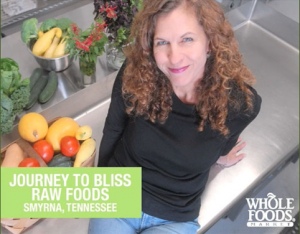
Laura on the Whole Foods blog
Rethink that Multigrain Chip on Your Shoulder—Whole Foods is a big, big corporation, which, to some folks, earns them an automatic Darth Vader rating on the Scale of Villainy. While I can’t speak to all of WF’s business practices, Laura did point out a pretty grand one, which is that they regionally stock small, local producers, giving them far greater reach. So if you’re at a Whole Foods in Tennessee or Georgia, you might see the Intentional Foods line that Laura and Journey produce. It definitely made me want to hunt around in my own Whole Foods for some small suppliers doing their best in my neck of the woods.
It Might Be a Good Idea to Eat like a Toddler—Little kids are weird, and they’ll do things like decide they’re not eating anything but watermelon for an entire day. While those “mono-meals” might be frustrating to parents, Laura pointed out that they’re probably much more in line with the way our hunter-gatherer ancestors ate, who found a food resource and exhausted it. Continue reading →
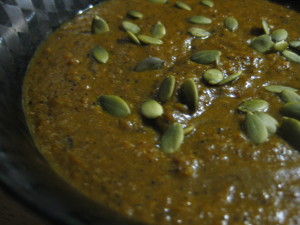 There are all sorts of foods people eat on New Year’s Day to ensure prosperity for the coming year: greens because they look like cash, cornbread because it’s golden, black-eyed peas because they look like pennies (a stretch, I know, but whatever). What if, however, it’s not money you seek in the new year, but curly hair? When my mom was a kid, that’s how those meddling adults in her life got her to eat carrots, which was a lie so blatant that it would make me feel bad for her except that I’m pretty sure that she once told me carrots would make my eyesight better. Years later, I still have straight hair and glasses, but no lie: this carrot soup is delicious and might make a great addition to your New Year’s meal.
There are all sorts of foods people eat on New Year’s Day to ensure prosperity for the coming year: greens because they look like cash, cornbread because it’s golden, black-eyed peas because they look like pennies (a stretch, I know, but whatever). What if, however, it’s not money you seek in the new year, but curly hair? When my mom was a kid, that’s how those meddling adults in her life got her to eat carrots, which was a lie so blatant that it would make me feel bad for her except that I’m pretty sure that she once told me carrots would make my eyesight better. Years later, I still have straight hair and glasses, but no lie: this carrot soup is delicious and might make a great addition to your New Year’s meal.


